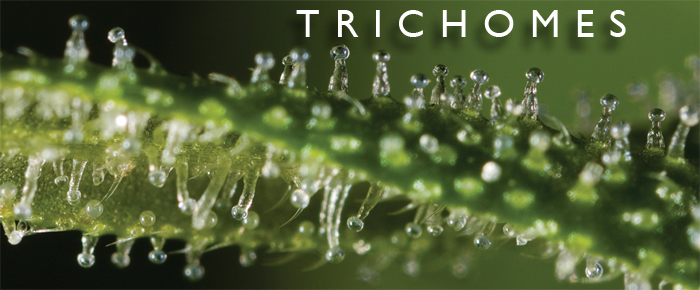
By Ruth Hill R.N.
You can’t pick up a newspaper today without seeing an article on marijuana use. The Desert Sun last week reported a study using marijuana for treating autism. Where is the study being done? In Israel of course, where Dr. Raphael Mechoulam, the father of marijuana research, has been studying the plant for over forty years. While the US is busy taxing, reclassifying, and preventing research, other countries like Germany the UK and Spain have none of these restrictions. The US has been plagued by the puritanical bias against a plant that has been legally used for centuries for medicinal purposes. Of course the abuse during the sixties for mood altering drugs buried the drug even deeper into the black market and black sheep status.
Marijuana is a synonym and slang word often used when discussing medical cannabis. Traditionally it refers to the molecule found in the leaf of the cannabis plant used for smoking. Presently in the US, it is a pejorative term with negative connotations, visualizing reefer highs, resulting in minimizing the complexity of the plant. California was the first state to legalize medical marijuana in 1996. Unfortunately information on medicinal use is not being effectively disseminated. There are no courses on medicinal cannabis in medical, nursing or pharmaceutical schools. It’s ironic that both the push for legal recreational use and the Internet have forced the research information out into the open. Would you know anything about medical marijuana without the Internet? We providers have a lot of catching up to do.
To simplify the understanding of this plant that sometimes resembles snake oil, compare a cannabis plant to a rose plant. Cannabis is a genus of a flowering plant in the family Cannabaceae. A rose is a woody flowering plant of the genus Rosa in the family Rosaceae. Both have hundreds of species and thousands of cultivars that give it color, fragrance, size, and molecular shape. Roses are indigenous to Central Asia, cannabis is indigenous to Central Asia and the Himalayas/India regions.
The three major strains of cannabis are sativa, indica, and ruderalis. The strains of Rosaceae are bushes, stems, and vines. Cannabis gives us molecular structures like THC, CBD, CBG, CBN, THCv, CBGa, THCa. Rosaceae gives us the Mister Lincoln, Peace Rose, and Rosa Queen Elizabeth and a plethora of outstanding beauty.
The ABC’s of cannabis is essential if you want to discard the mindset that its use is solely for getting high. Dr. Mechoulam created the scientific bridge between Cannabaceae and medicine. He is co-credited in 1964 with the discovery of the delta-9- tetrahydrocannabinol (THC) molecule, the most famous, which gives the stigma to marijuana. In 1996 he made the revolutionary discovery that humans have cannabinoid receptors and an endocannabinoid system.
This breakthrough by Dr. Mechoulam led him to discover hundreds of molecular substances in humans similar to cannabis. The CBD or cannabidiol, is non psychoactive, has anti-inflammatory and anti-oxidant properties and produces long term mental acuity. THC is the psychogenic molecule that gives pain relief, is an antispasmoic and an appetite stimulant. The human endocannabinoid system is throughout the body in the brain gut immune system, spinal system and skin. Cannabinoid receptors are present throughout the body within the cell membranes. The two major ones are CB1 and CB2. Studies are being done to identify a third receptor.
The science of cannabis is about isolating these chemicals and matching the product to relieve the multiple debilitating symptoms of disease. Legalizing cannabis in the US with the end result to smoke, swallow, or vape across state lines, will not come from emotional appeals for personal rights but from educated discussions, attention to detail, and informing legislators on its powerful uses to relieve suffering. So how can you effect change?
By becoming familiar with the labels of the products you buy, the terms of sativa indica terpenes CBD and THC, remembering cannabis affects each of us uniquely, what works for me may not work for you, and talking to a physician, nurse, or pharmacist who knows the science of this miracle plant. Buyer beware.
Direct responses and questions to hilruth@gmail.com – @RuthAHillRN










































